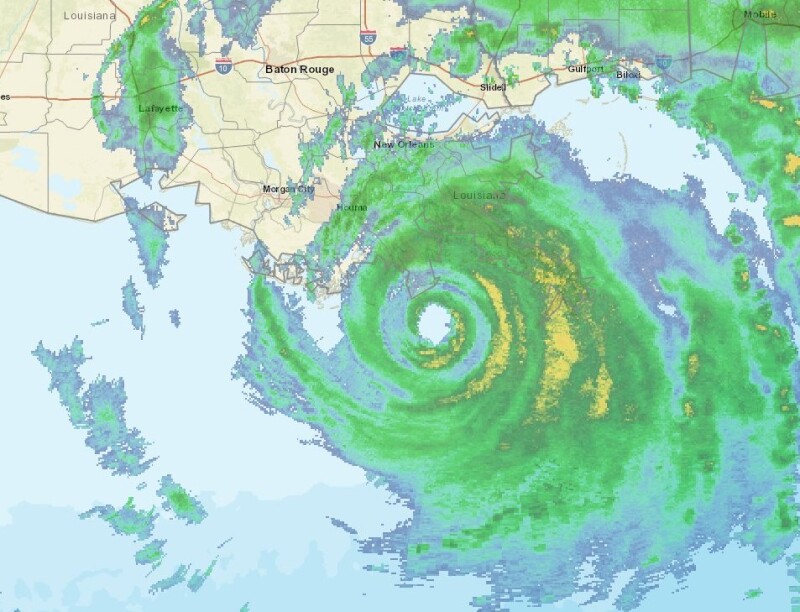Shell anticipates potential ramp-up of its Mars and Ursa facilities as early as the first half of November following repairs to the storm-damaged transfer platform in West Delta 143. The operator previously said it expected the facility, which transfers oil and gas from three major fields for processing at onshore terminals, to be offline for repairs until the first quarter of 2022.
“Recovery efforts are progressing well at our offshore assets in the Mars Corridor following impacts from Hurricane Ida,” the company said in a statement. “Production at our Olympus asset in the Mars Corridor was the first of the three platforms to safely restart in early October following repairs to portions of our West Delta 143 offshore facility.”
Shell proved to be one of the hardest-hit producers in the wake of Hurricane Ida, which tore through the Gulf of Mexico (GOM) in August and idled millions of barrels of oil production from the region.
Once the West Delta facility is operational, the Mars oil pipeline expects to resume normal services as producers ramp up production.
Shell’s western GOM assets such as Perdido were never disrupted by the hurricane, and its FPSO Turritella, which produces oil from the Stones field, was back on line within days of the storm’s passing.
The West Delta 143 platform, owned by Shell Offshore (71.5%) and BP Exploration & Production (28.5%), is operated by Shell Pipeline Company LP.
Hurricane Ida, which came ashore as a Category 4 storm near Port Fourchon, became the second-most damaging and intense hurricane to make landfall in the Louisiana. The storm was estimated to have caused more than $65 billion in damage, making it the sixth-costliest tropical cyclone on record. It sidelined a substantial amount of oil and gas production from the GOM for about 4 weeks through late September.


